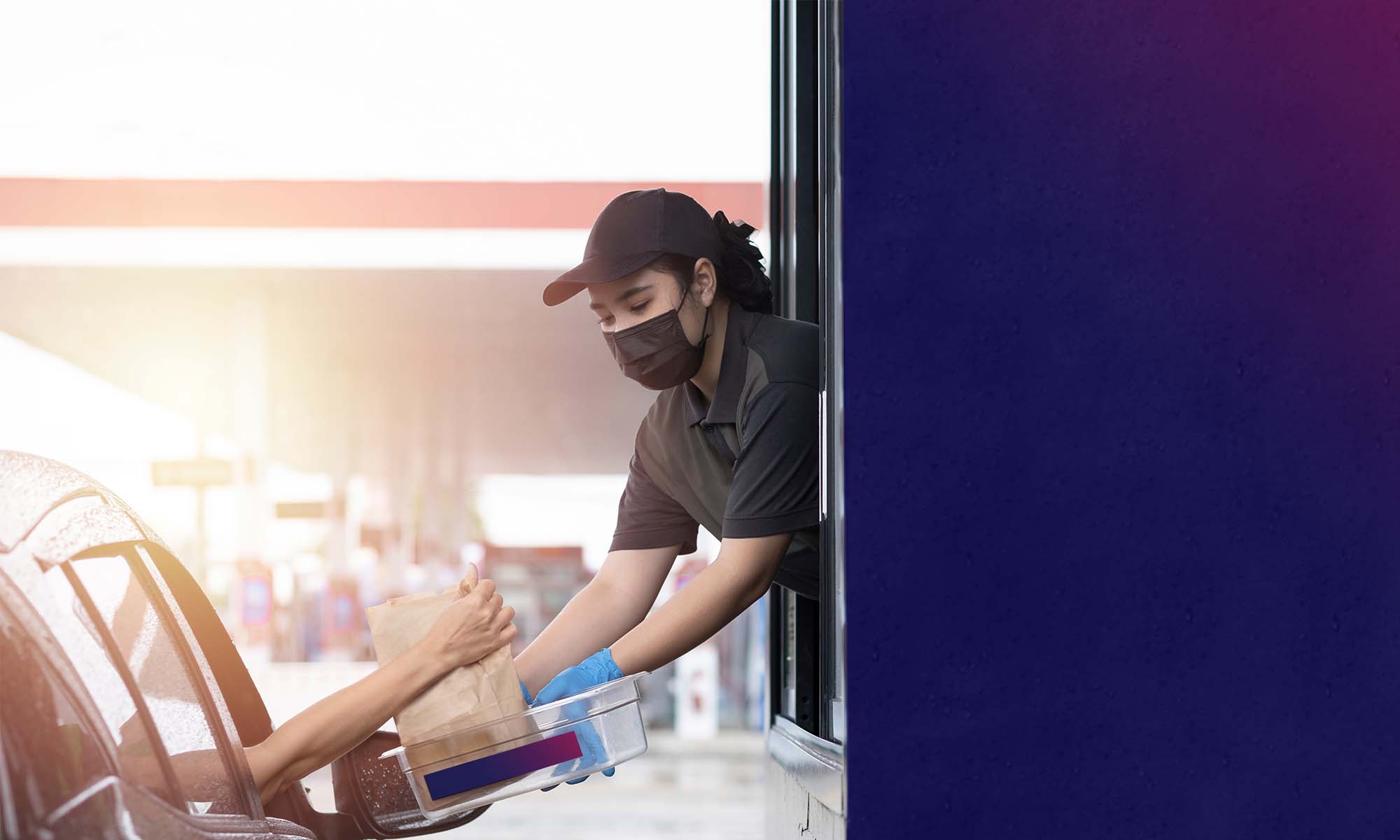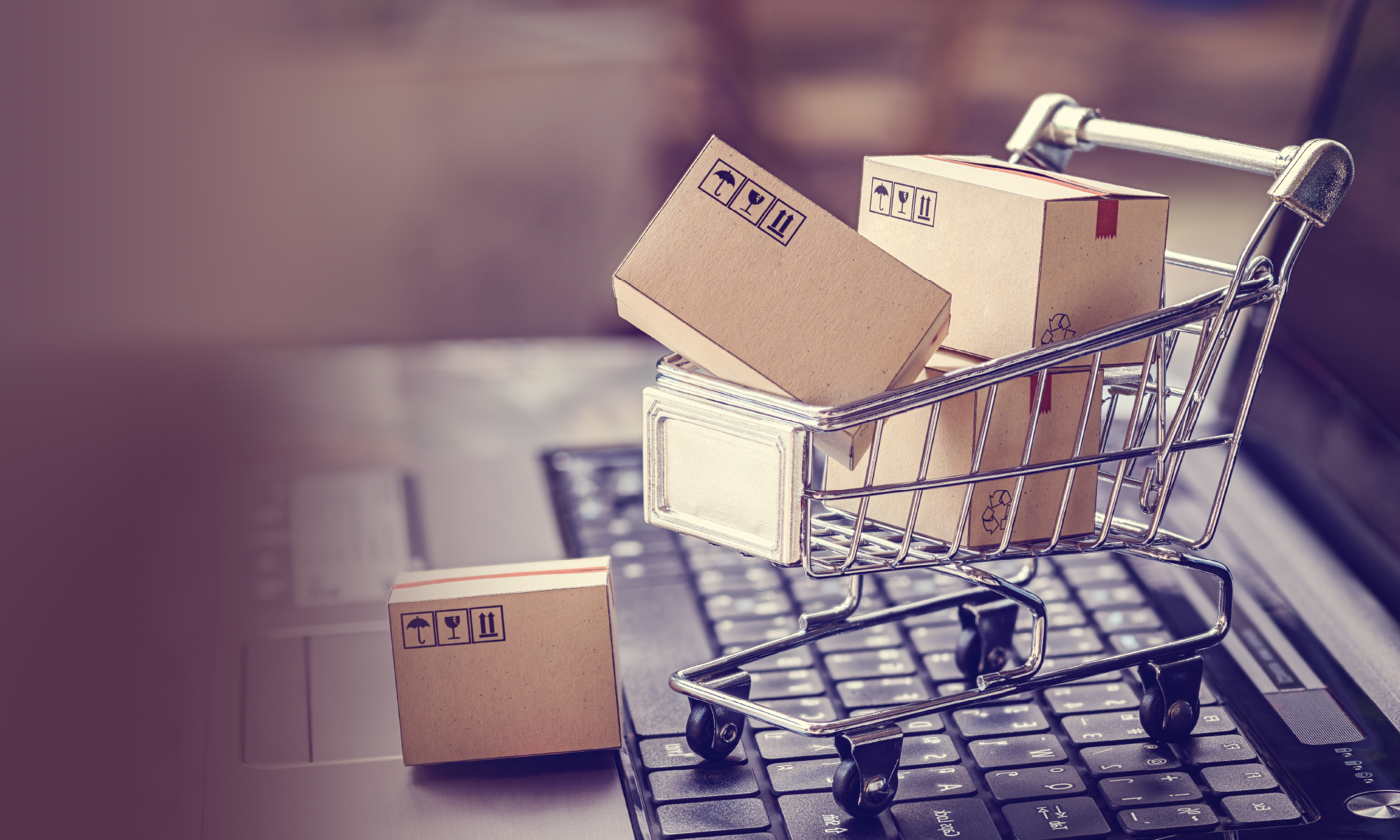Some quick serve restaurants (QSRs) accelerated faster than others when drive-thru traffic surged to 90 percent of QSR sales early last year. Take Taco Bell: In the third quarter of 2020 alone, the brand had already served 30 million more customers than it had in all of 2019. Addressing investors on a recent earnings call, Taco Bell’s owner Yum Brands described its QSRs’ drive-thru experience as an “increasingly competitive advantage[1].”
Done right, drive-thru experiences can give all QSRs a competitive advantage in the broader restaurant industry. And not just for the time being. The majority of consumers say takeout food has become essential to their lifestyle, even as they return to on-premise dining[2]. But to keep that business, QSRs must excel at drive-thru customer experience, exceeding pre-pandemic expectations, especially around safety, speed and convenience.
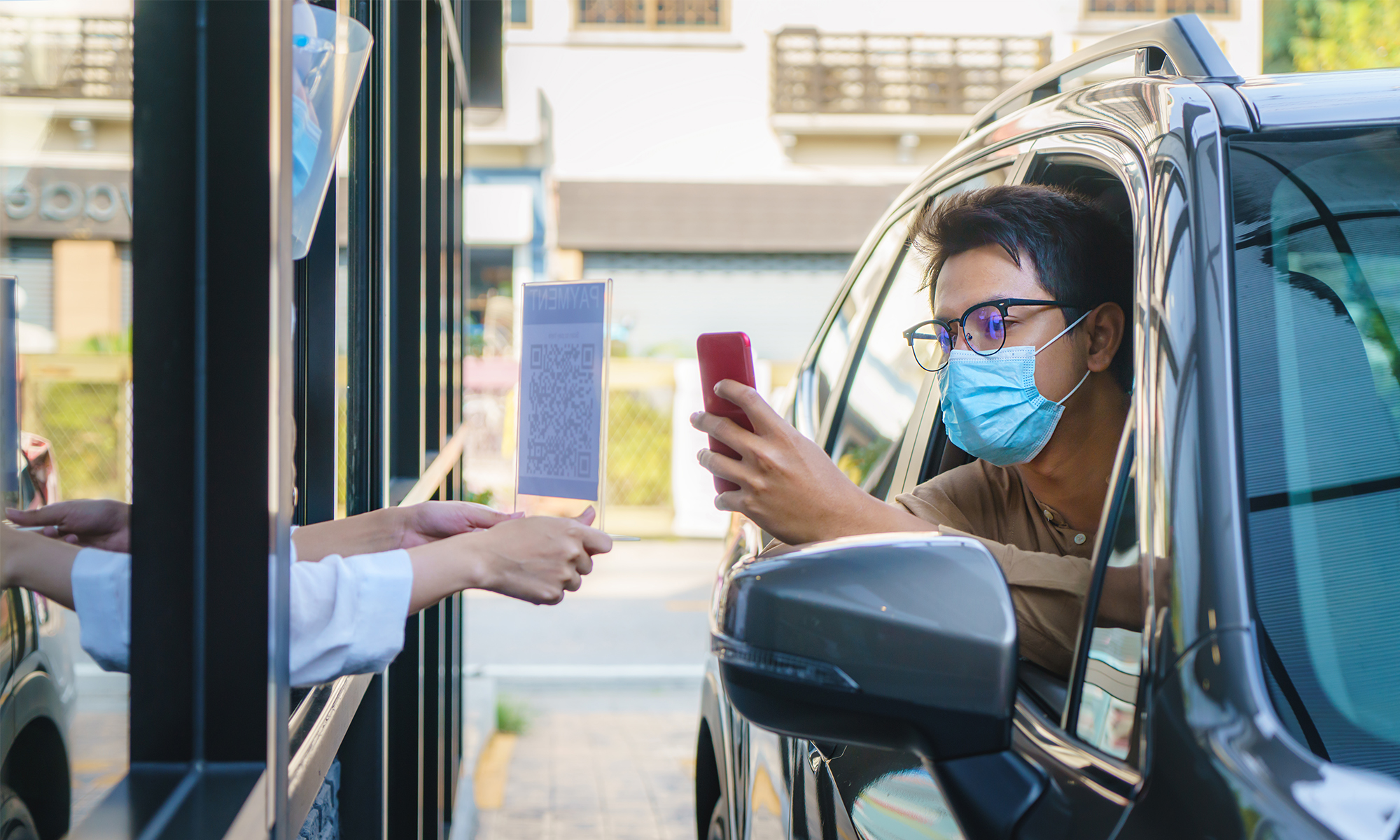
Digital solutions pave the way. Here are a few paths your company should consider taking as it pursues its own competitive advantage.
Maximize Apps for Frictionless Service
Although half of drive-thru customers still order onsite, just as many want digital pre-ordering as an option and will actually bypass restaurants that don’t offer it[3].
For drive-thru customers who order online, mobile apps have quickly become the channel of choice. As a franchise owner of several Jersey Mikes locations in Louisiana recently told us, two years ago just 5 percent of his restaurants’ orders came through the app — now it’s 70 percent.

QSR guests don’t want to use just any app, though. They overwhelmingly prefer placing orders via a restaurant-branded app, favoring that channel six times more often than third-party apps or websites[4].
One obvious reason is the increased desire for contactless service as a health-safety measure. Greater speed and less friction factor heavily as well. App preorders solve the “lost in translation” problem and reduce corresponding lane congestion.
Taco Bell is seizing the day with its Go Mobile initiative. Integrating smart kitchen technology with the brand’s app, Taco Bell can detect approaching pre-order guests, guiding them to either a priority lane or a contactless curbside pickup spot, whichever is faster. It’s also prototyping lanes where app customers scan their order’s QR code at a digital check-in screen and then fetch their food from an electronic dumbwaiter, for truly end-to-end contactless service.
Personalize and Upsell With Digital Menu Boards
So, what about QSR customers who fully transact in the drive-thru lane? Digital menu boards go far in resolving miscommunicated orders and congestion for such guests. How far? By 33 seconds per car, on average — that’s how fast digital boards speed things up in the drive-thru line. Currently, however, just one-quarter of QSRs have digital boards[5]. This is a missed opportunity.
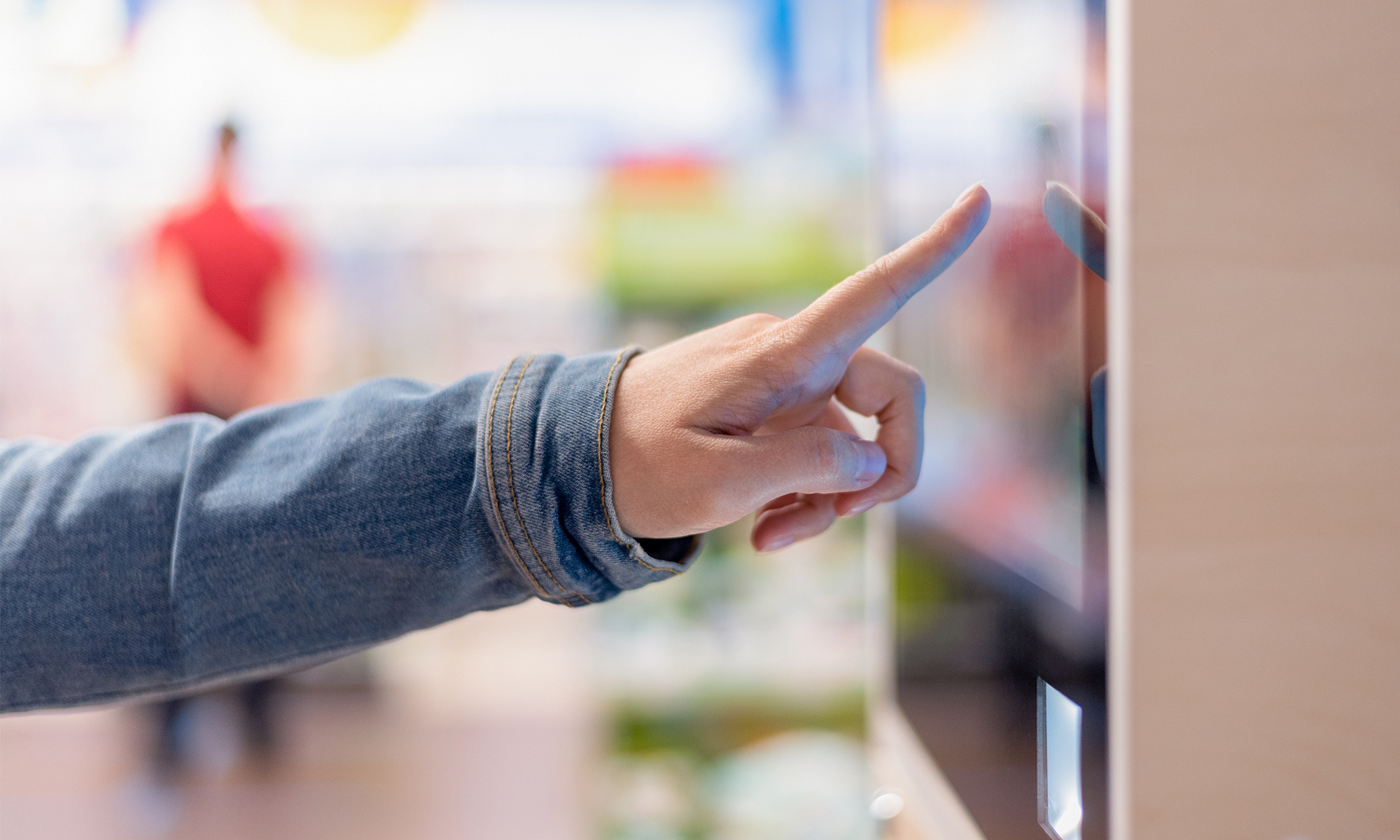
Digital menu boards can include order confirmations, which not only reduce order errors, but also include upselling capabilities. They can also layer in AI for customization. Consider Starbucks: At nearly 4,000 of its stores, guests ordering through digital drive-thru screens receive AI-generated recommendations based on the weather, time of day, and other contextual factors. But today, less than half of QSRs integrate suggestive selling in their ordering process[6].
QSRs can also personalize service by using data from omnichannel customers who alternately order online and at the drive-thru window. Smart menu boards that sync up with a brand’s loyalty app and CRM database can greet drive-thru guests by name, anticipate their orders and make suggestions based on past ordering behavior. While this may sound more hypothetical than real, think again: Nearly a year ago, a major QSR holding company began using predictive selling technology for 40,000 of its digital menu screens. While not every QSR can have first-mover advantage in the drive-thru digital race, there’s plenty of opportunity for fast followers to catch up. The key is to start now, before the first movers pull too far ahead.
Use Predictive Analytics to Manage Inventory and Staffing
To achieve all of the above, QSRs ultimately must have enough product and personnel on hand. That can be challenging in the face of ongoing supply chain and labor shortages, coupled with evolving customer demand.
Capturing evolving customer behaviors and then applying predictive analytics to that data is crucial to planning adequately for various days and shifts across the week. While McDonald’s has stopped offering all-day breakfast, other QSRs are finding that afternoon snack-time has become more porous. With the right data-capture capabilities, machine learning and predictive analytics, QSRs can stay on top of these fluctuations in supply and demand.
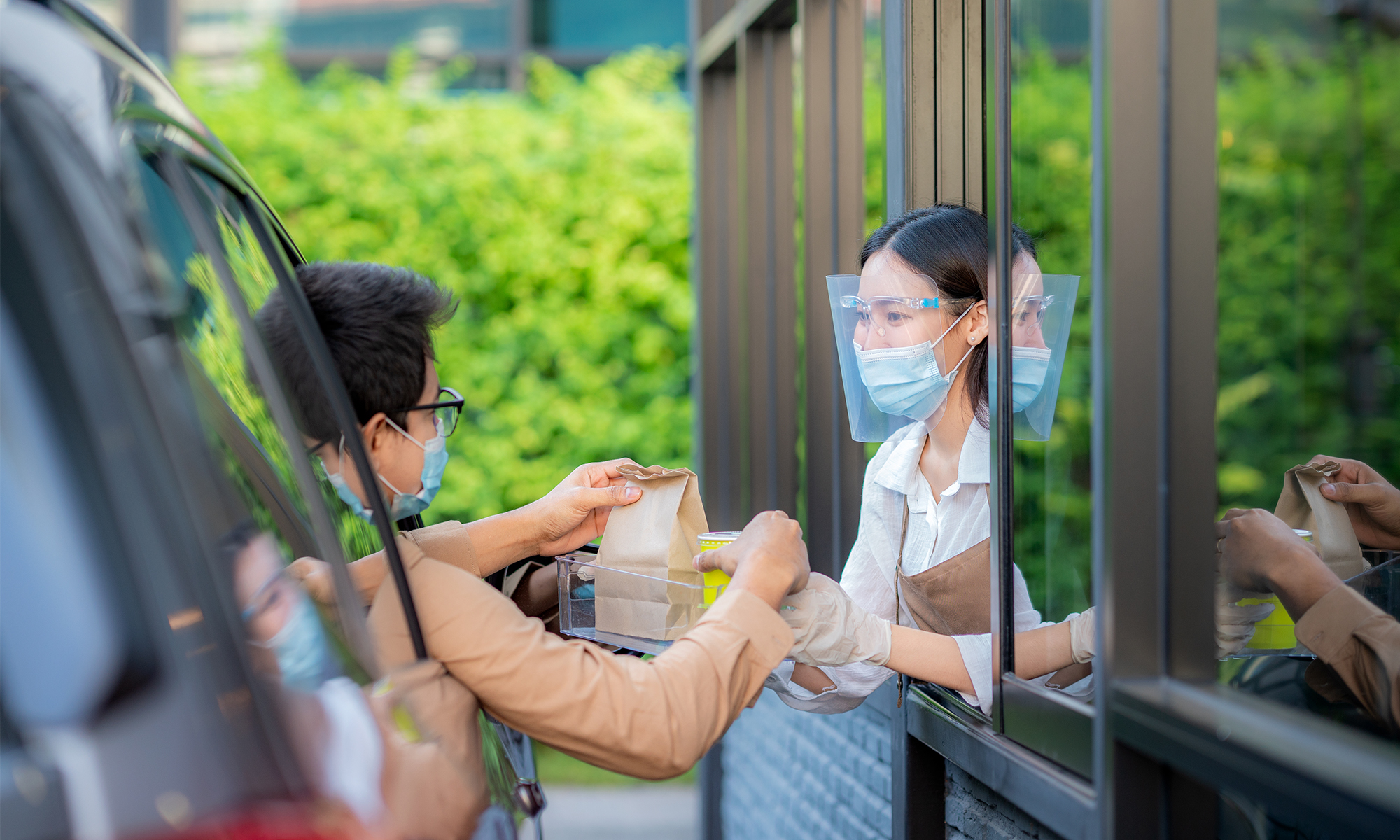
As you refine predictive analytics and other digital tools for your drive-thrus, keep the following points in mind:
Maintain a 365-degree view of your customer: This requires continual monitoring across all channels (social, SMS, email, web, etc.) so you understand guest sentiment and motivation at every touchpoint. Make sure you have the right technology to do this, including speech and text analytics, machine learning and contextual analysis.
Perfect your reporting capabilities: A 365-degree view of your customer is only as good as your ability to connect the many dots within an individual customer and across various segments. Ensure that you marry historical data with real-time intelligence to produce a dynamic view that’s both immediately actionable and alert to forward-looking trends.
Learn from other sectors: Not every industry is an early adopter of new technology. If your loyalty program app is still in its early days, consider looking over the fence. For instance, take what you as a customer like most about your favorite hotel’s loyalty app and adapt it for your QSRs.
Work with a flexible digital partner: Fluid times call for fluid collaborators. Find a technology partner who creates customized solutions for your evolving needs. While niche providers can bring a level of comfort, a tech partner’s versatility across industries may be more important, since diverse perspectives prove key to innovative thinking.
At Sutherland, we want to know what you’re thinking. Let us hear your thoughts about pulling your drive-thrus into the fast lane. We’d love to talk.
1. Americans Have Rediscovered Their Love for the Drive-Thru, Business Insider, July 31, 2021
2. National Restaurant Association 2021 State of the Restaurant Industry Report
3. The 2021 QSR Magazine Drive-Thru Study
4. MarketForce QSR Research published June 2021
5. The 2021 QSR Magazine Drive-Thru Study
6. The 2021 QSR Magazine Drive-Thru Study
Meet Ever-Changing Customer Demand

Howard has extensive experience working with retailing and manufacturing organizations over the last 20 years.
